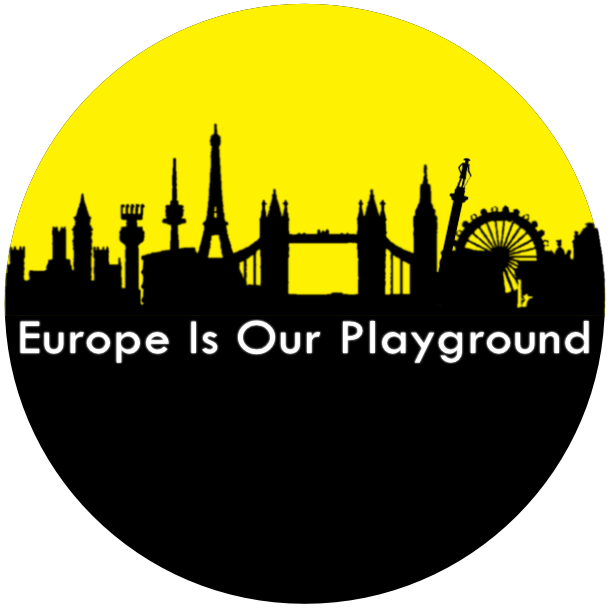Museum of The History of Medicine Paris
The slightly macabre, fantastically intriguing and wonderfully well presented Museum of the History of Medicine provides a respite from the frantic streets of Paris. And it’s not just for those with in interest in medicine. It’s for everyone: whether history fans, architecture buffs or completionists wanting to tick another Parisian sight off their ‘to do lists’. This stunning little palace of often dark medical experimentation is quite simply wonderful… but perhaps not for the feint of heart.
History Of The Paris Museum of the History of Medicine
Before I run through some of my favourite pieces in the museum, I’d like to share a little history. The Museum of The History of Medicine or the Musée d’Histoire de la Médecine is housed inside the Paris Descartes University, which in turn was the premises of the Faculty of Medicine/ Medical School, which was founded in 1803 and situated in the buildings of the Academy of Surgery. The museum’s initial collections were curated by Dean Lafaye in the 18th century and are said to be the oldest in Europe. Finding the museum isn’t too tricky but once you reach the right place – 12 rue de l’école de médecine – you’ll need to head indoors through the beautiful University building (see interior shots below) and up to the second floor. Once inside you’ll come face-to-face with old medical instruments, medical models, prosthetic limbs, macabre paintings depicting blood transfusions and much more.
Inside The Museum of the History of Medicine Paris
One of my favourite pieces is the small table pictured below (Napoléon III’s table): the intricate, though slightly gruesome design is quite literally a mosaic made entirely of human body parts. And the eye catching centrepiece? A severed human foot complete with an engraved silver top, and four delicately arranged human ears.
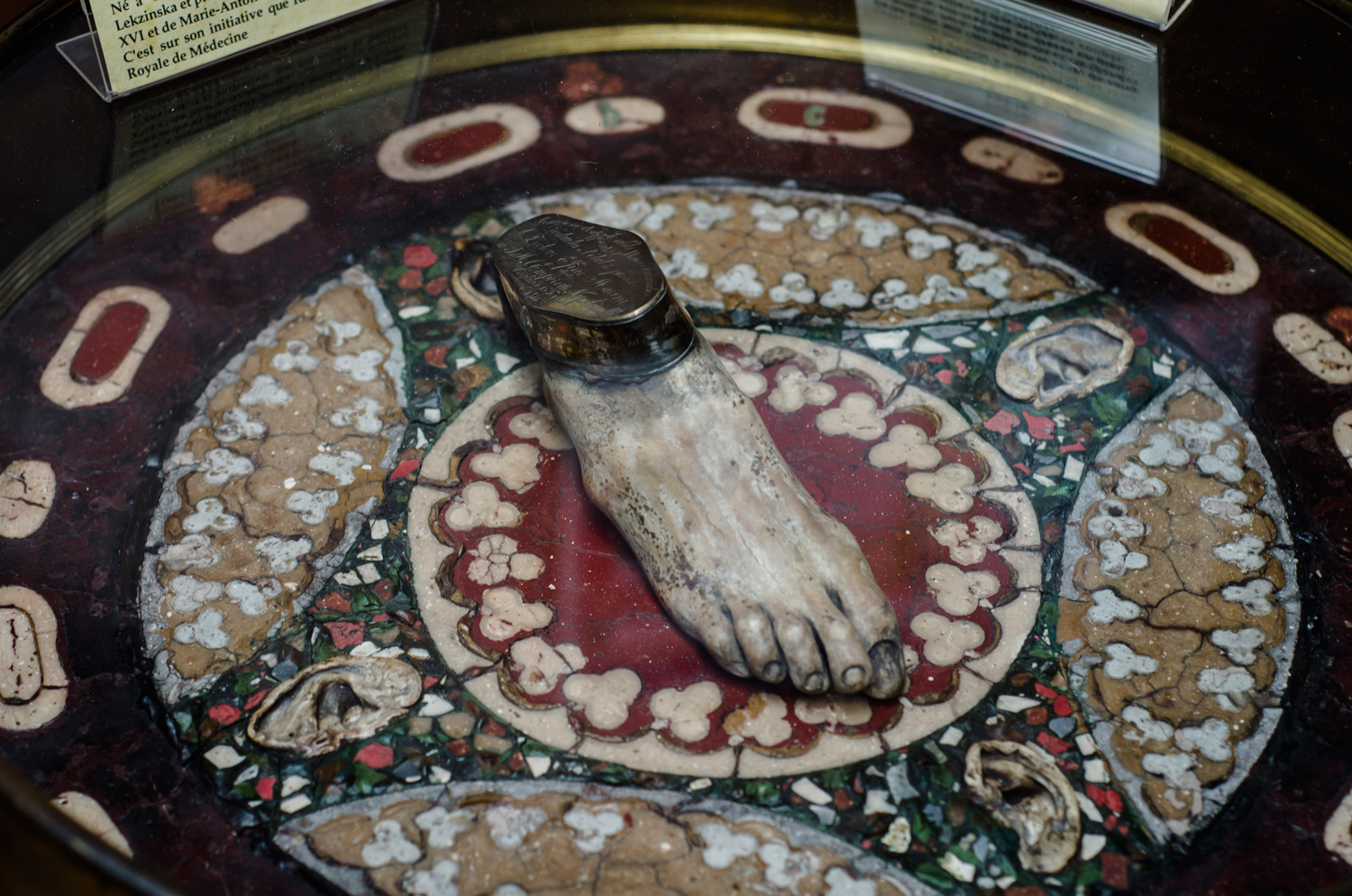
The accompanying description reads: ‘Made by Efisio Marini, Italian naturalist doctor, and offered to Napoléon III. This table is formed of petrified brains, blood, bile, liver, lungs and glands upon which rests a foot, four ears and sections of vertebrae, which are also petrified.
This painting actually hangs just outside the entrance to the museum within the university. The oil on canvas represents a blood transfusion from a goat to a somewhat pale young lady. Most interestingly the man who commissioned the painting in 1892, is the bearded gent looking down at the lady. A Parisian doctor by the name of Samuel Bernheim. The painting shows a real-life moment, one documented by a report published by Bernheim in that same year in a French medical journal titled, “Transfusion de sang de chevre et tuberculose pulmonaire” — “transfusion of a goat’s blood and pulmonary tuberculosis”.
Transfusion de sang de chèvre (1892) by Jules Adler.
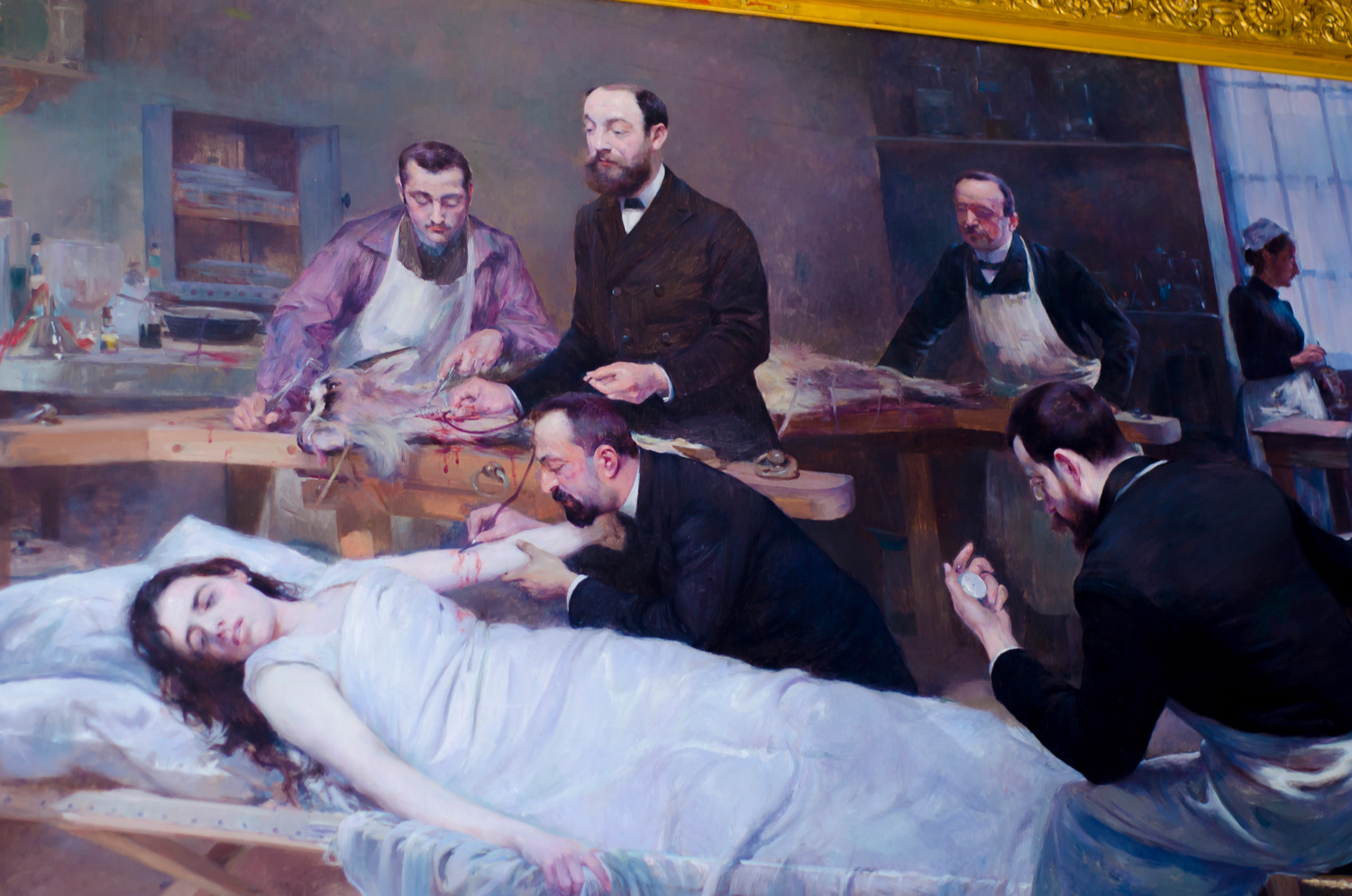
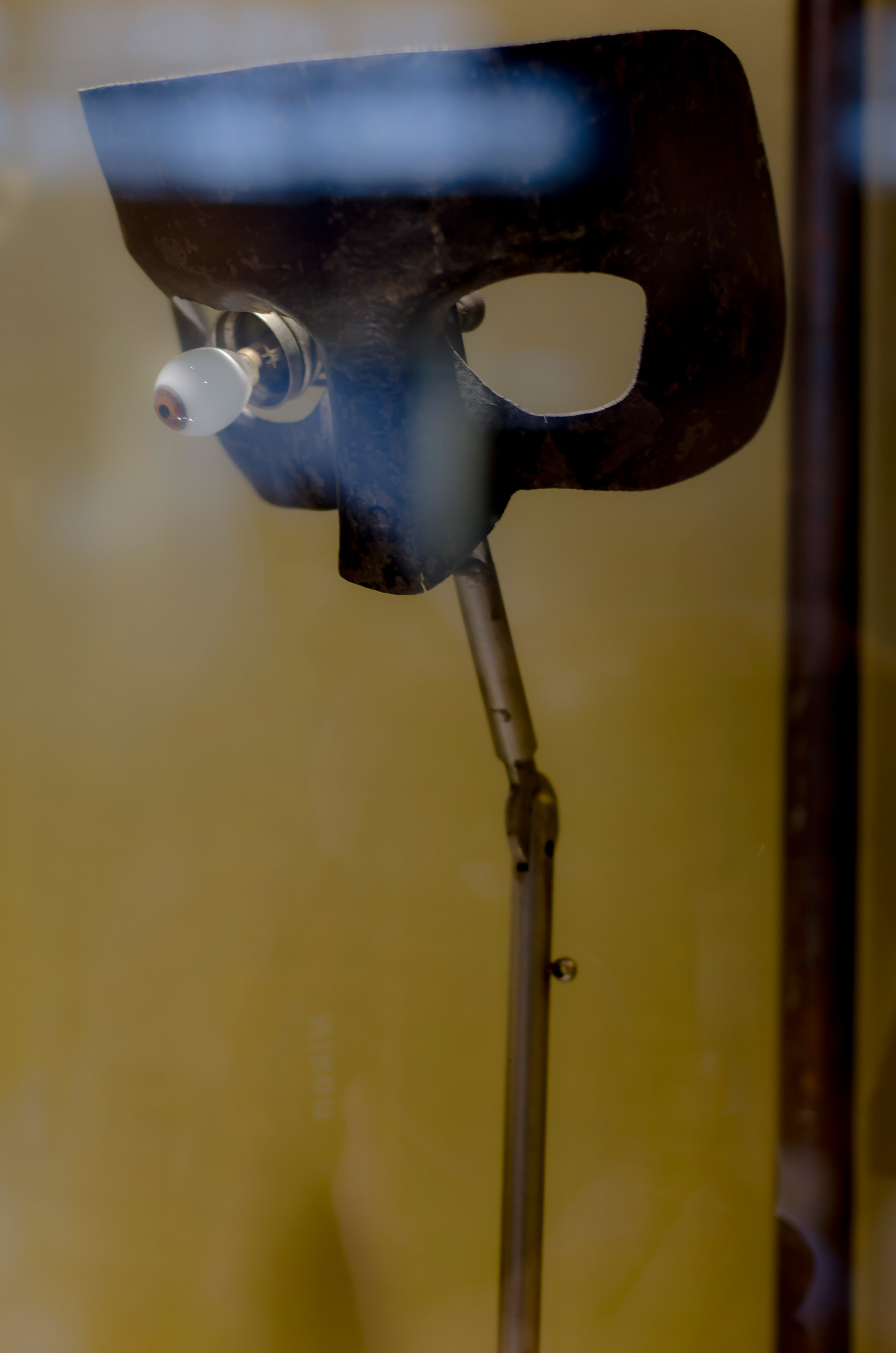
A mechanical mask with eye. Inscription reads: Moulage Positif. On close inspection this appears to be a mechanical face mask complete with a protruding eye ball. I’d like to think that its was used as some steampunk Venetian carnival mask – though I assume I’m wrong and its use was undoubtedly of a grimmer nature.
EDIT: After more research I believe this mask to be an Ophtalmofantôme. A tool used to train medical students and eye surgeons to perform cataract and other eye surgeries. However it’s slightly different to the typical mask, which were invented ca. 1827 by Dr. Albert Sachs as these typically used cadaver’s eyes or pigs eyes in the eye-sockets, while the above example seems to have a mechanical eye in place.
There are various medicine bottles and old potion flasks in the museum though sadly I don’t have the full information for these but I assume that they are medicine bottles and no doubt, the larger ones are some sort of vessel/ bottles used during procedures/research. My father used to collect medicine bottles and I’ve always had a slight fascination with them. The strange shapes and colours and often.. the odd odours that have been percolating inside for centuries!
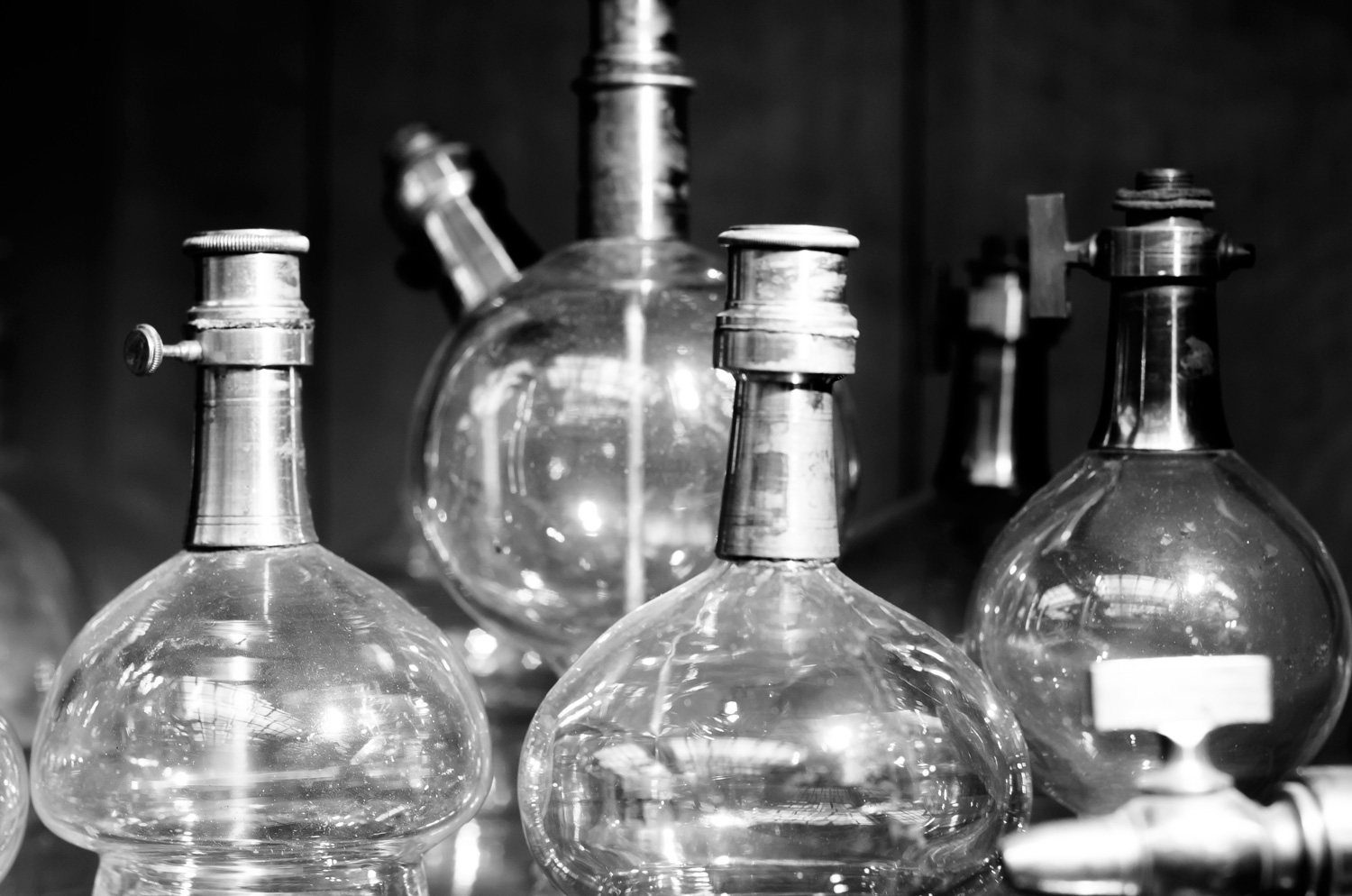
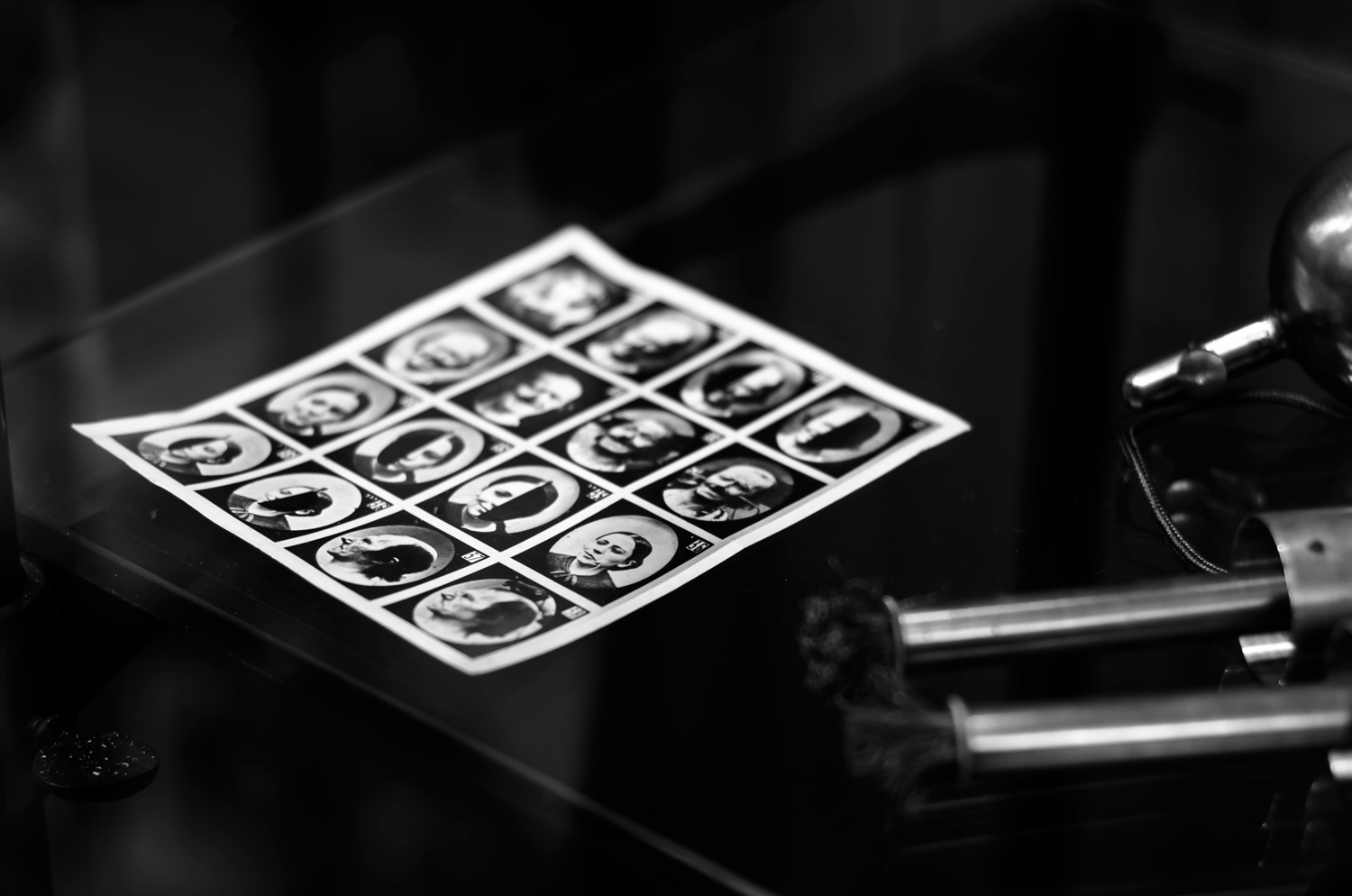
This image shows a collection of portraits by Guillaume-Benjamin Duchenne, a French neurologist who in 1833 experimented with the therapeutic use of electricity. Simply put, he used alternating currents to stimulate individual muscles in the face to simulate facial expressions. He found that a genuine happy smile uses not just the facial muscles but the eyes too. He used his photography to catalog the possible expressions of each of his subjects, whom were often paralysed and unable to make said expressions without these techniques. He published a book in 1862 entitled “Mécanisme de la physionomie humaine, ou Analyse électro-physiologique de l’expression des passions applicable à la pratique des arts plastiques” (or Mechanism of human physiognomy, or electro-physiological analysis of the expression of passions applicable to the practice of the visual arts).
This image shows a Family Medical kit box
from the seventeenth century.
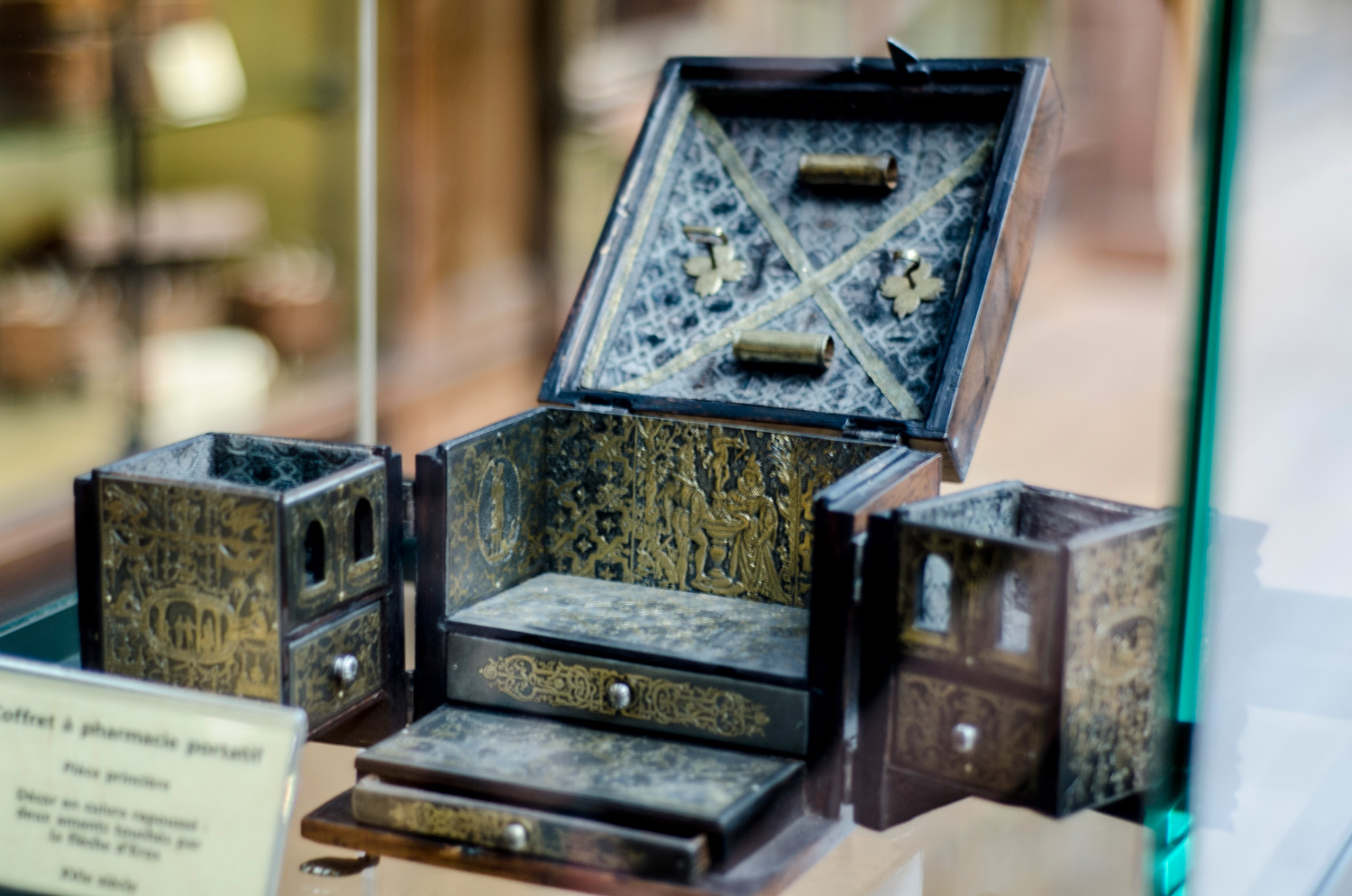
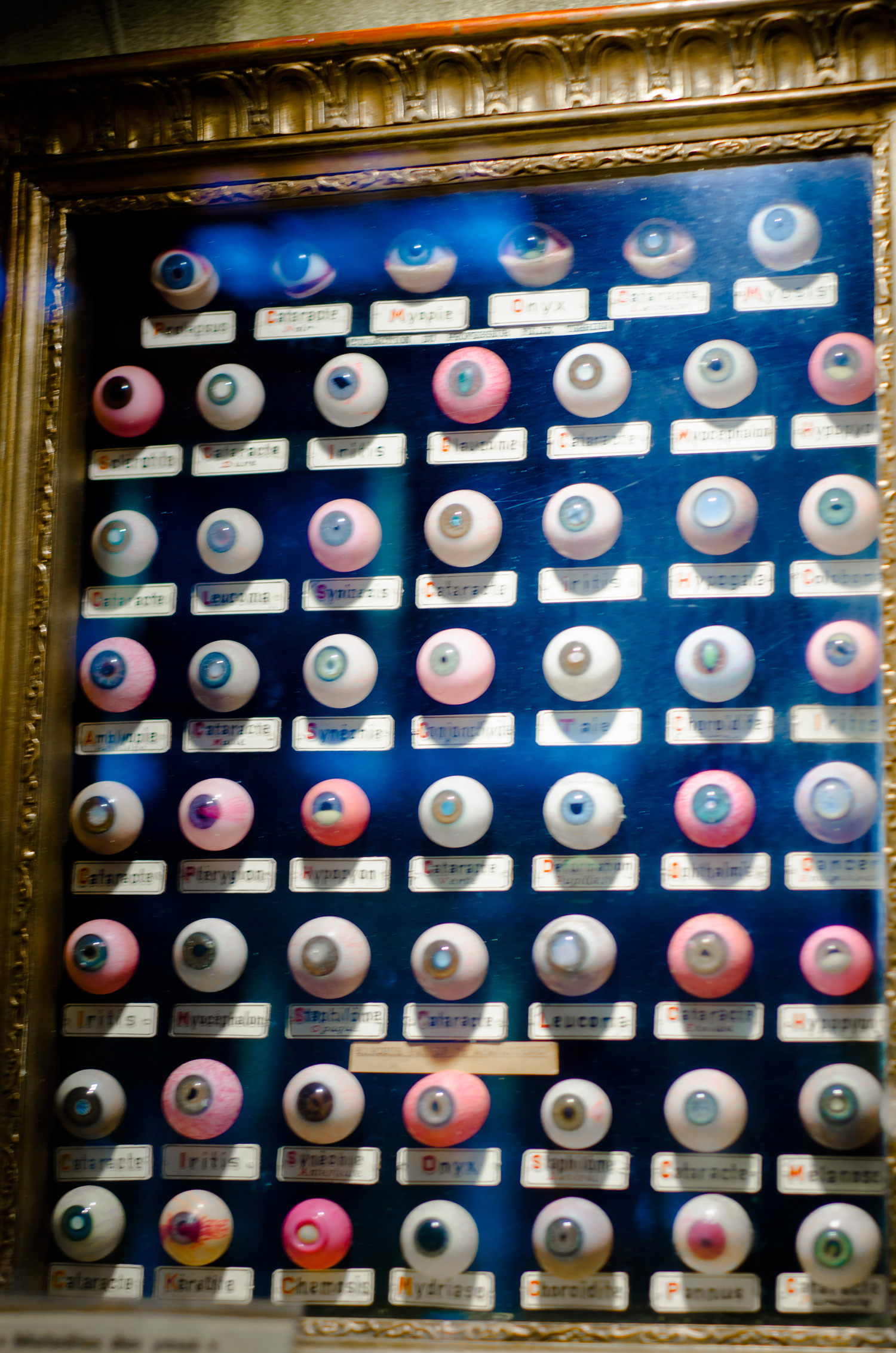
This image shows a collection of visual interpretations of different eye problems. The first is a series of models depicting various eye conditions, look out for Chemosis in the below image – though just skip over it if you’re easily put off.
Inside The Université Paris Descartes
Some of the hallways, scultpures and rooms inside the University and the Museum.
‘La Nature se dévoilant devant la science’ by Louis Ernest BARRIAS (1841-1905). Given to the museum by Barrias and displayed in this position since 1902.
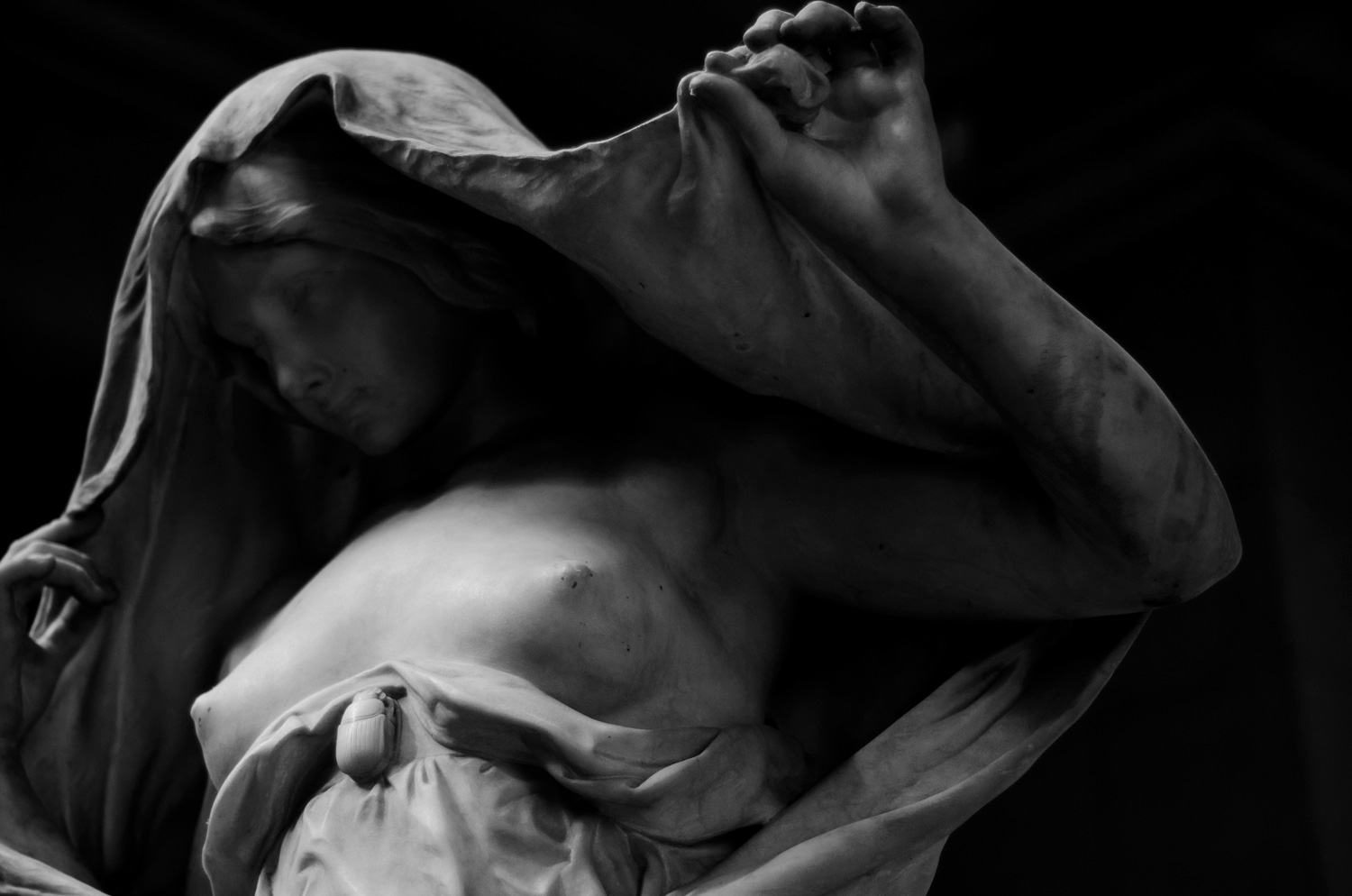
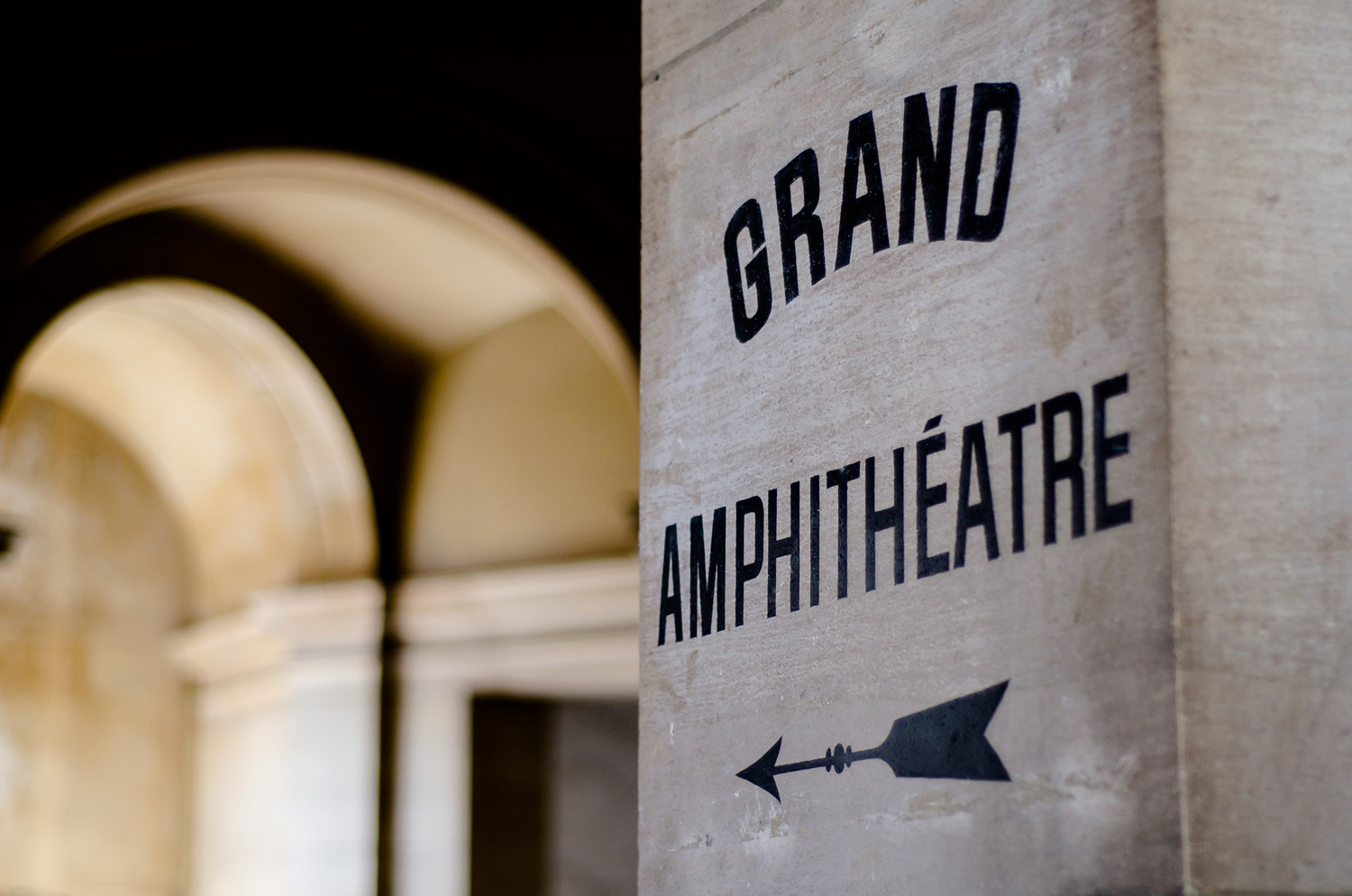
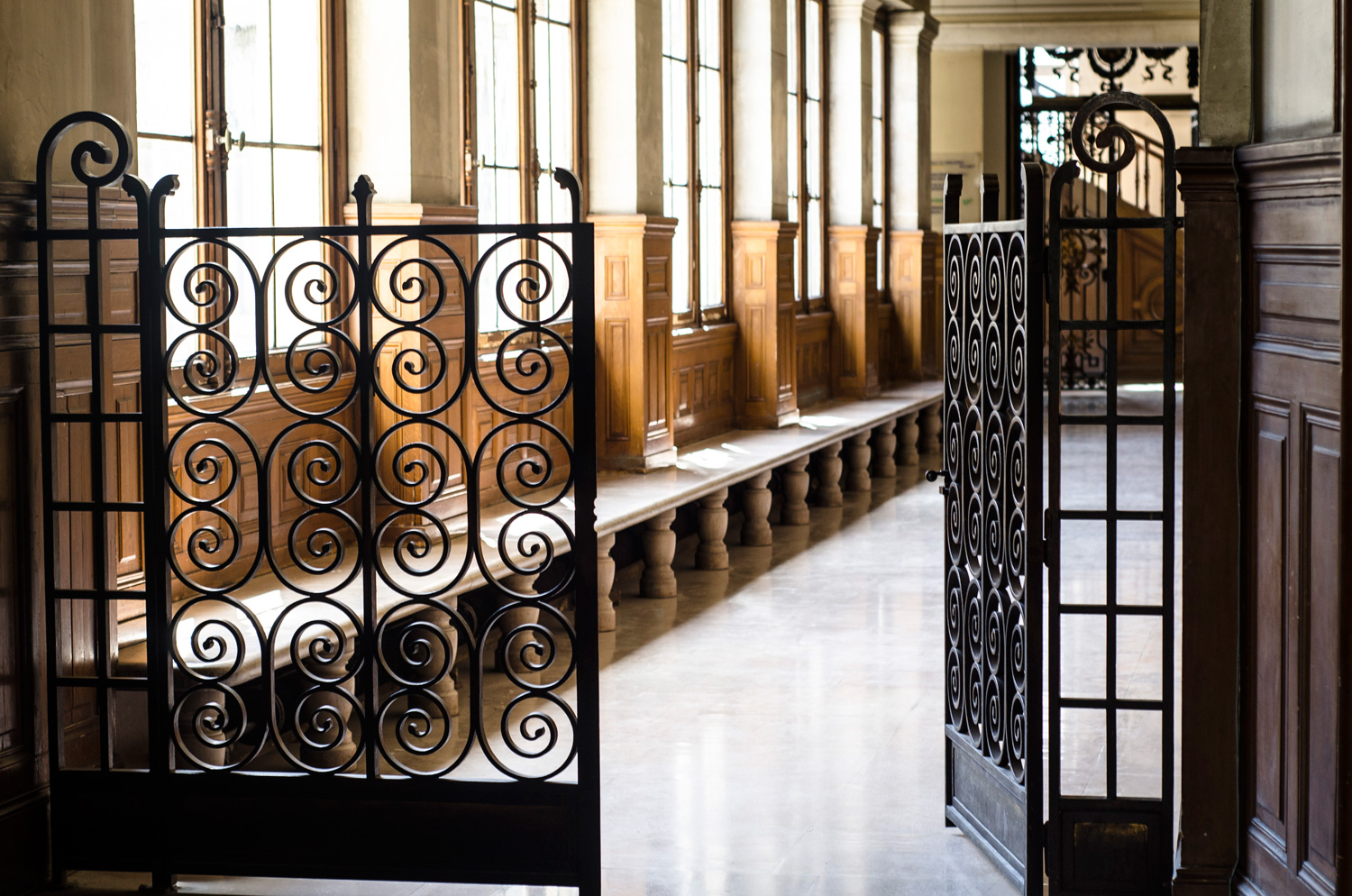
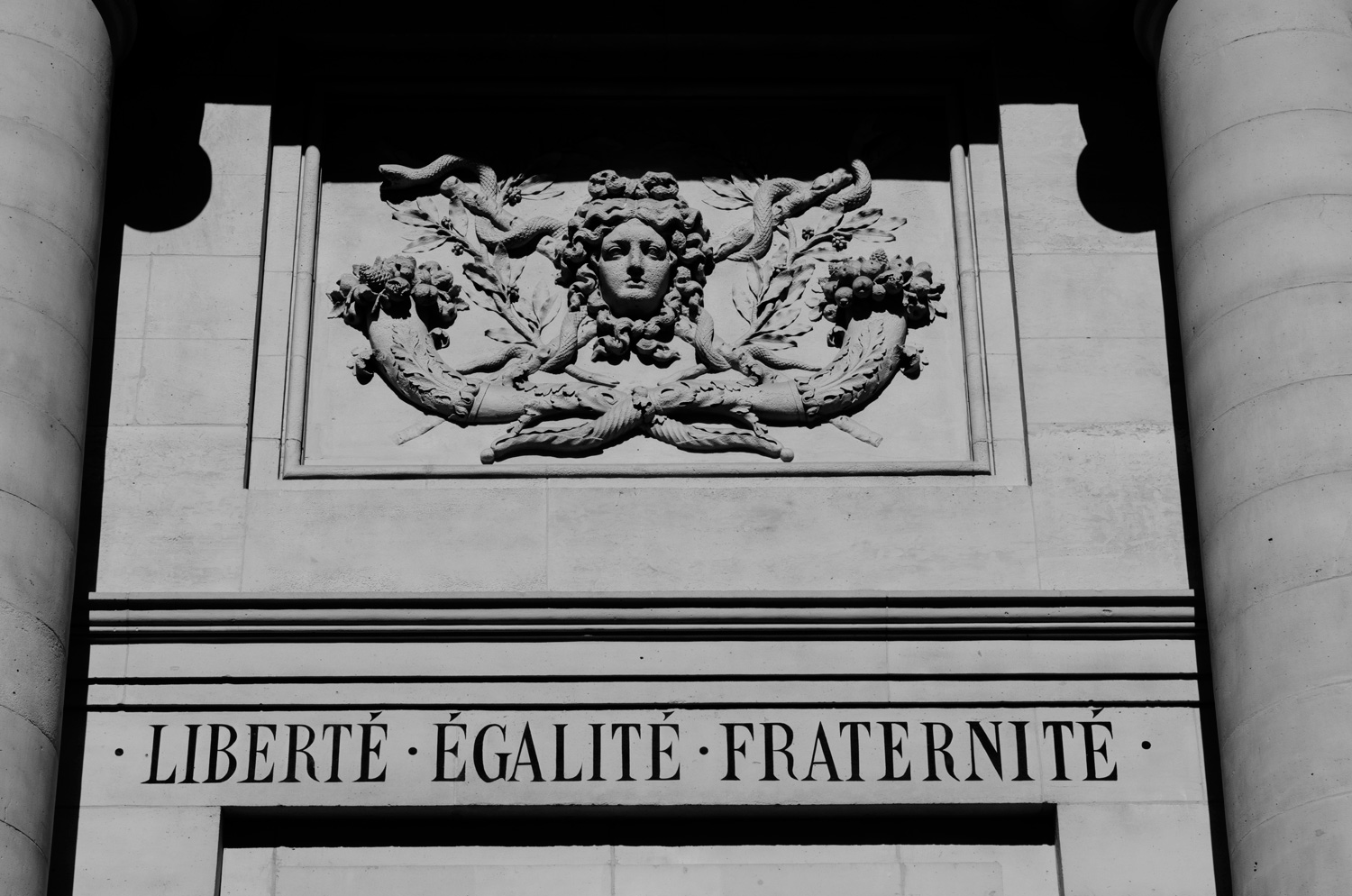
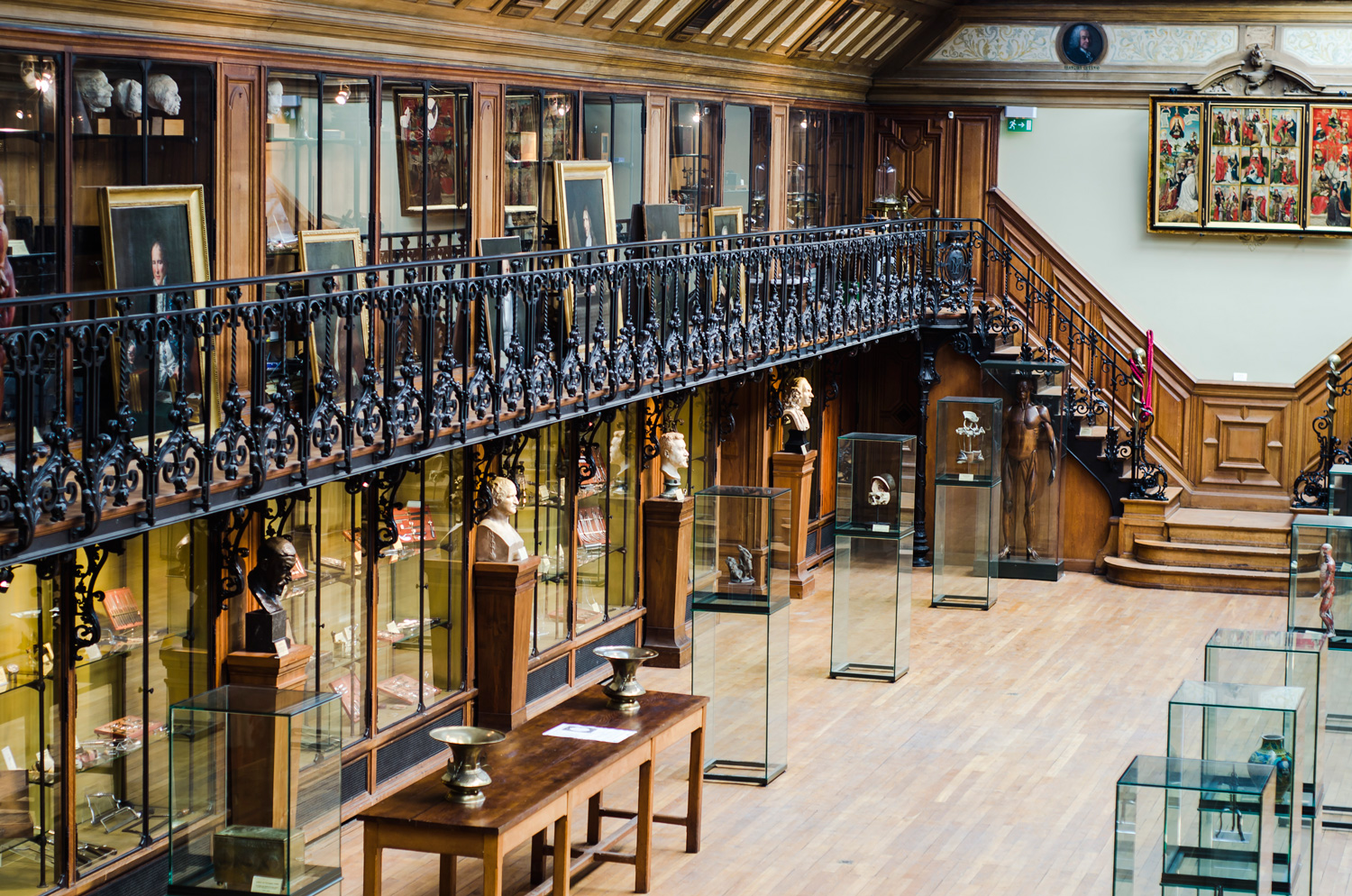
The Museum of The History of Medicine is really quite small – but as a result it’s easy enough for a quick stroll. There is a large main room complete with two walkways to each side – one of which was being used for storage when I visited.
How To Get To The History Of Medicine Museum in Paris
The museum is on a a pretty and quiet leafy street in the 6th arrondissement of Paris and is housed in the ornate Université Paris Descartes building. The museum room is upstairs and is something of an exhibit in of itself, as are the atmospheric hallways and stairwells that lead there, full as they are with sculptures and historic remnants of the building’s past.
The History of Medicine Museum, Université Paris Descartes, 12 Rue de l’École de Médecine, 75006 Paris, France
